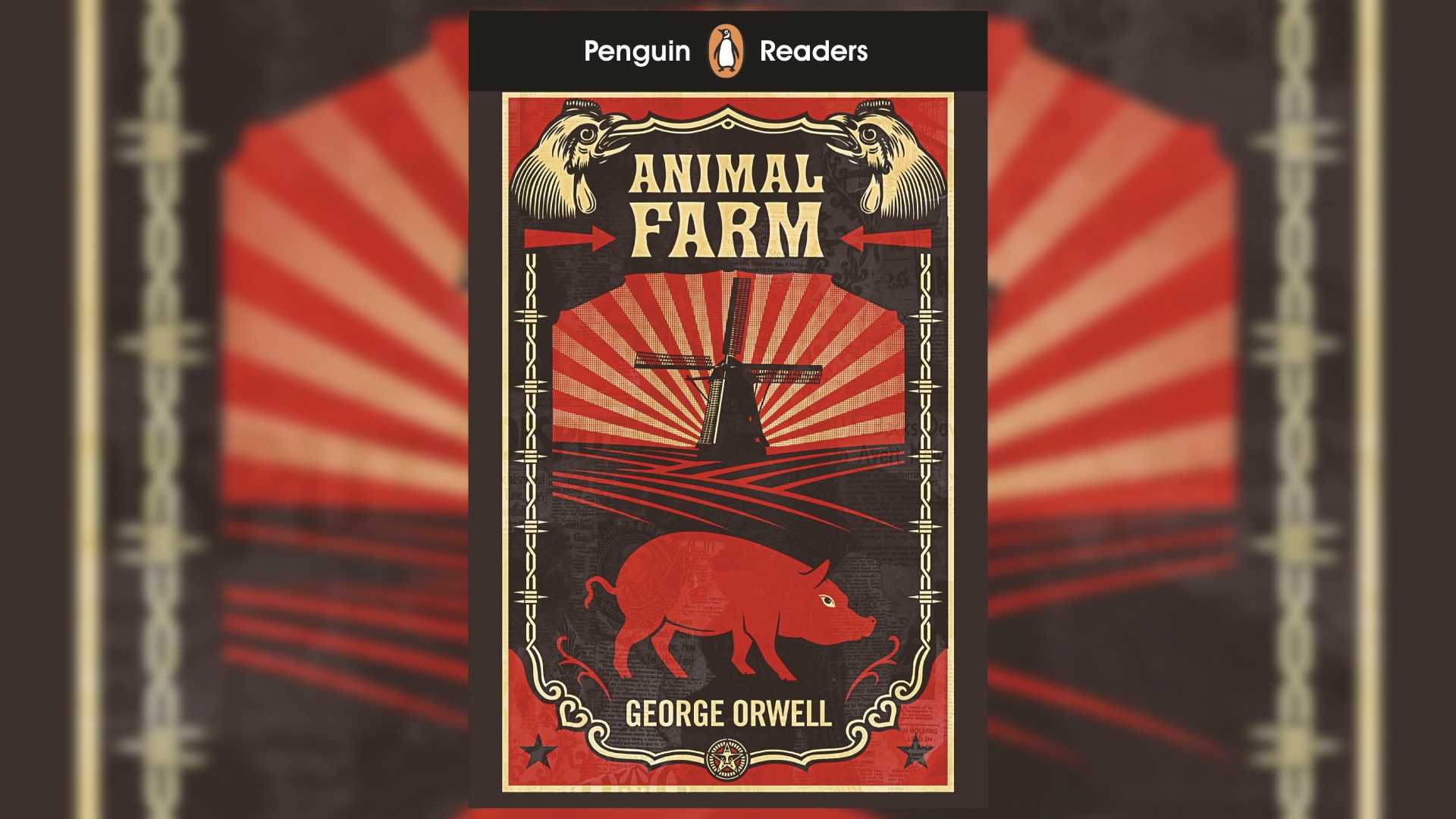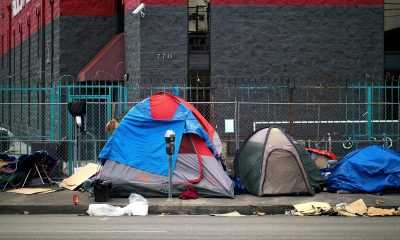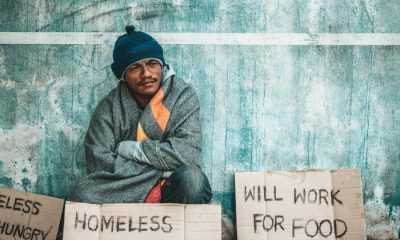BY KAHA G. – 15 YEARS OLD
In my class, we were reading Animal Farm, and my teacher introduced us to an assignment where we had to read the novella and teach it. The students were in charge, and it was definitely going to be an interesting experience. I present to you my presentation script.
In the story Animal Farm, the animals formed a rebellion against the humans, in search of equality, unity, and overall happiness. However, as certain animals tasted the high of power, they started spreading corruption and suffering amongst the other animals, leading to their destruction.
Our teacher assigned us the task of reading the novella and teaching it in preparation for our upcoming unit test. With determination, perseverance and a lot of organization, “Student Class” was formed to see if we would succeed or metaphorically speaking, die trying. I compared and contrasted Animal Farm and Student Class regarding how it started, how roles were assigned, and our goals. Lastly, I will be discussing how my role in student class compared with one of the characters in Animal Farm.
The first thing I noticed was the distinct difference between when the animals took over, and when we took over as a class. For example, at the beginning of Animal Farm, the animals are inspired by Old Major’s song “Beasts of England,” which talks about how the animals will overthrow humans. They organized and prepared for the rebellion, and even created the seven commandments to abide by.
On the other hand, in “Student Class” the first day was absolute chaos, there was yelling and a lot of confusion about what to do. However, as the period progressed, everything fell into place and the leaders of the class came up with a good strategy to go about teaching everyone. All in all, the difference between the two is that Animal Farm started organized and progressively got worse, while we started chaotic and progressively got better.
As a class, we didn’t have as many goals set as Animal Farm. For instance, the animals had the seven commandments that include “Whatever goes upon two legs is an enemy,” and “All animals are equal” (Orwell, 15). These commandments were set in place to guide the thinking of the farm animals and to set their boundaries. Within the seven commandments were rules like: no killing each other, no sleeping on beds, and no wearing clothes. While in Student Class, our main rule was to complete all of our work, and to be organized in case there was a change of plans.
In our class, no one assigned roles, however, an Oligarchy Matriarchy took charge, and everyone was fine with it. On the first day, many groups were discussing how we should go about operating Student Class. The Oligarchy Matriarchy was getting opinions from everyone and decided on chapter presentations. In addition, the leaders took on different tasks like creating documents to write down who was doing what chapter, or quotes. On Animal Farm, the pigs took over and didn’t get opinions from the other animals on how to operate it. In fact, Napoleon would subject the animals that opposed him to severe punishments. In summary, when compared to how the pigs assigned roles to Student Class, we were fair and made sure everyone was included while the pigs ruled alone.
Lastly, I would say my role in the Student Class is different from Benjamin the Donkey. Benjamin’s ideology was that life would always be full of pain and suffering, which is why he wasn’t surprised that the pigs turned out to be bad if not worse than the humans. He knew that what the pigs were doing was wrong, however, he didn’t speak against their oppression. I contributed to the presentations and completed my quote analysis and had a positive outlook on how the presentation was going to turn out.
In Student Class, we did exceptionally better than Animal Farm as we started out chaotic and progressively got better, our goals/rules were organized and easy to understand, and our leaders were kind and made sure everyone was included.


 Community News2 weeks ago
Community News2 weeks ago
 Community News2 weeks ago
Community News2 weeks ago
 Community News2 weeks ago
Community News2 weeks ago
 Community News2 weeks ago
Community News2 weeks ago
 Community News2 weeks ago
Community News2 weeks ago
 Community News2 weeks ago
Community News2 weeks ago
 Junior Contributors6 days ago
Junior Contributors6 days ago
 The Poetic Word6 days ago
The Poetic Word6 days ago






























